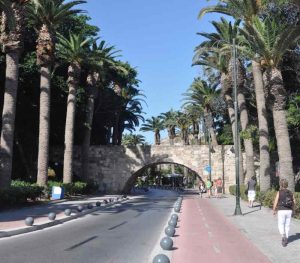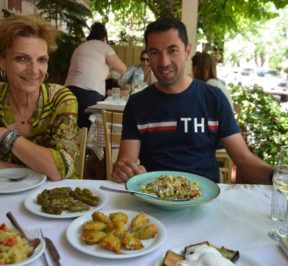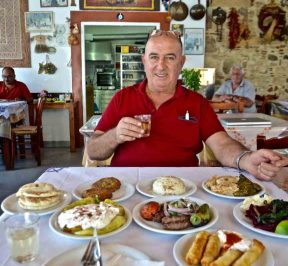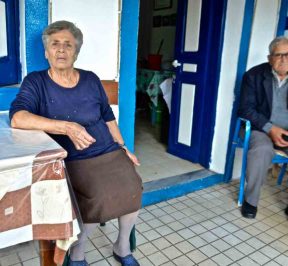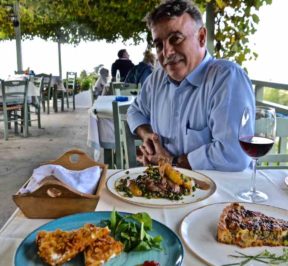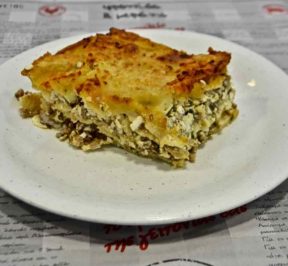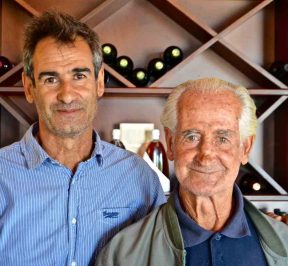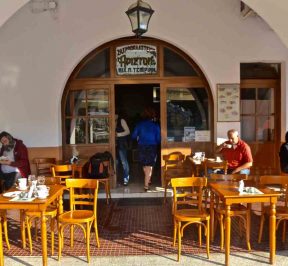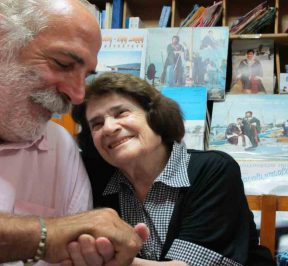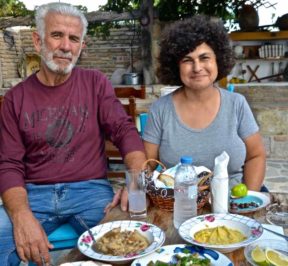Place - History of Kos
Η Kos has a population of 33.388 inhabitants (2011 census) and is the third largest island of the Dodecanese in area after Rhodes and Karpathos, the second in population after Rhodes and the second in tourism development in the South Aegean. The surface of the island is 295,3 sq.km. with a coastline of 112 km. The capital of the island is Kos, where the main port of the island is. It is 200 nautical miles from Piraeus.
It is an island rich in historical monuments and is of remarkable archeological and tourist interest. It is also called the "island of Hippocrates", the father of medicine, because Hippocrates was born there. Today's Kos is a modern tourist island with many possibilities in terms of accommodation, food, sports, excursions, entertainment. The most remarkable element that characterizes the island is the endless bike lanes, which is why very often Kos is characterized as the island of the bicycle.
The signs of time and the path of the cultures and peoples that passed through Kos are alive to this day. From the mythological era of Hercules and King Harmilos and the Hellenistic era of the Asclepieion, the ancient stadium, the ancient market and the ancient theater to the present day with its modern infrastructure and settlements bear the marks of many peoples and cultures.
According to Homer, Kos together with the islands of Nisyros, Kalymnos, Karpathos and Kasos took part in the Trojan War with thirty triremes and led by Antiphos and Pheidippus.
During the time of the Dorians, Kos became a great power and became part of the Doric Exapolis together with Lesvos, Chios, Samos and Rhodes and were called "Blessed Islands" due to their prosperity. During the classical period he became a member of the Athenian Confederation, while at that time Hippocrates (460-375 BC), the greatest physician of Antiquity and the "father of modern medicine", lived on the island. Until then, Medicine was practiced by the Asclepius priests and was a mixture of religious beliefs and healing practices, with fasting, baths and herbs. The patients, in parallel with their treatment, made sacrifices to the gods for their recovery.
Here Hippocrates makes the big cut. He removes from the religion everything religious and classifies it as "the most eminent of all artists". From the time of Hippocrates until today, Medicine approaches the suffering man with the same method (patient history, hearing, palpation, diagnosis, treatment and diet, administration of drugs to strengthen the immune system. the Book of Medicine with the culmination of the Hippocratic oath that regulates the debt of physicians to patients, as it is considered the model of ethics of medicine of all times.
During the reign of Alexander the Great, Kos entered the most glorious phase of its history. Then the facilities of the Asclepieion were built, with the Medical School, therapeutic center, library, temples, altars, treasures, sculptures of the sons of Praxiteles.
The Asclepieion of Rhodes was the most important of the 300 of Antiquity and was discovered only in the 20th century.
A milestone in the history of Kos was its occupation (along with Rhodes) by the Knights of St. John consisting of eight ethnicities (France, Italy, England, Germany, Castile, Provence, Auvergne, Aragon). The Jesuit order built impregnable walls on the Dodecanese islands, and on Kos a large sea fortress that remains intact to this day. In 1523 Kos was occupied by the Turkish Suleiman the Magnificent, and important specimens of this period exist on the island (fountains, mosques, mosques, buildings). In 1912 the island passed to the Italians who after the devastating earthquake of 1933 rebuilt the island from the beginning leaving beautiful buildings on the island such as the City Hall, the Government, the catholic church Agnus Dei. Three years after the end of World War II, 1947, the Dodecanese are annexed to Greece.


